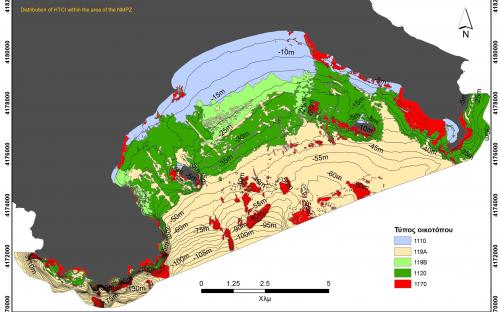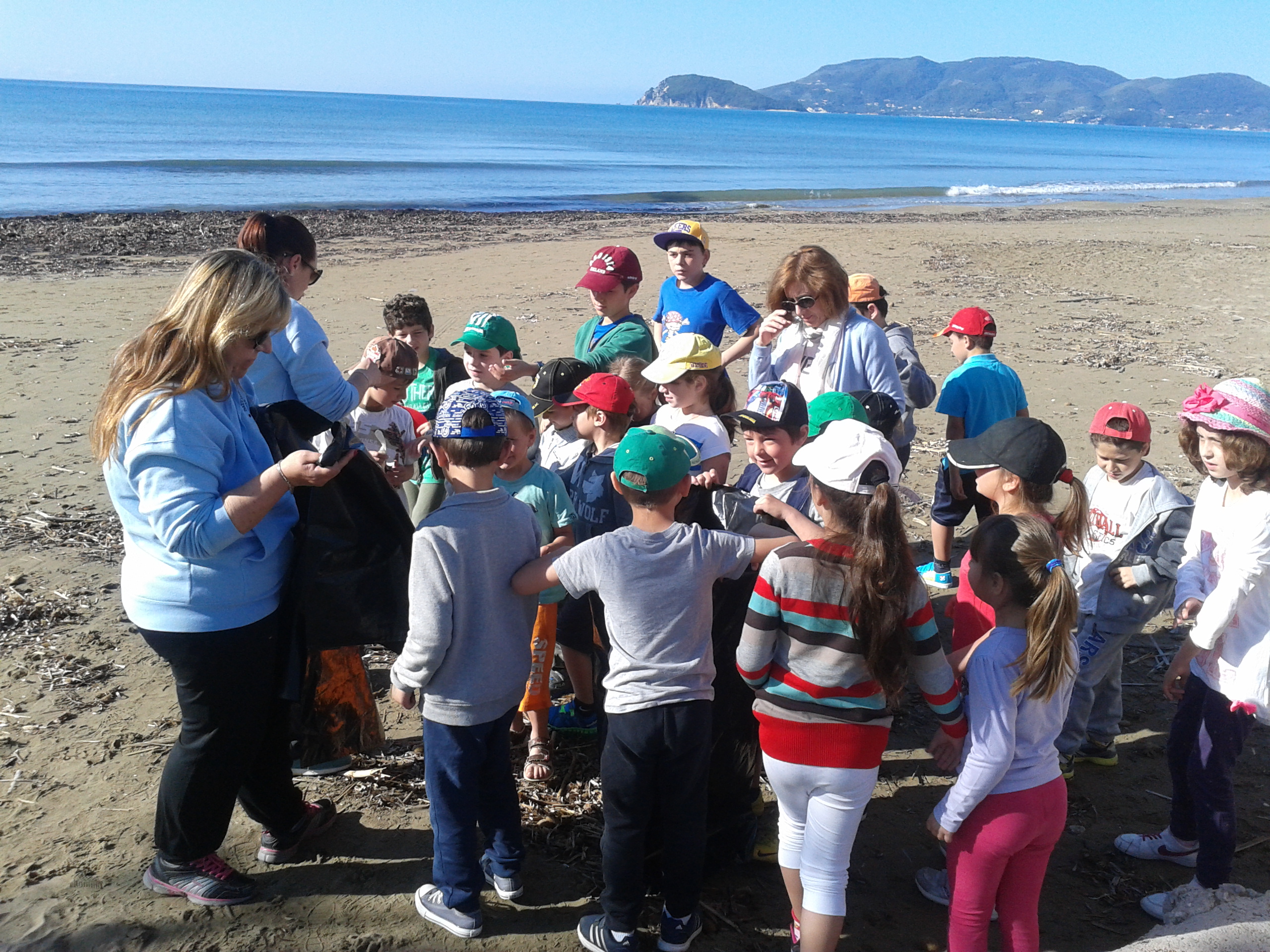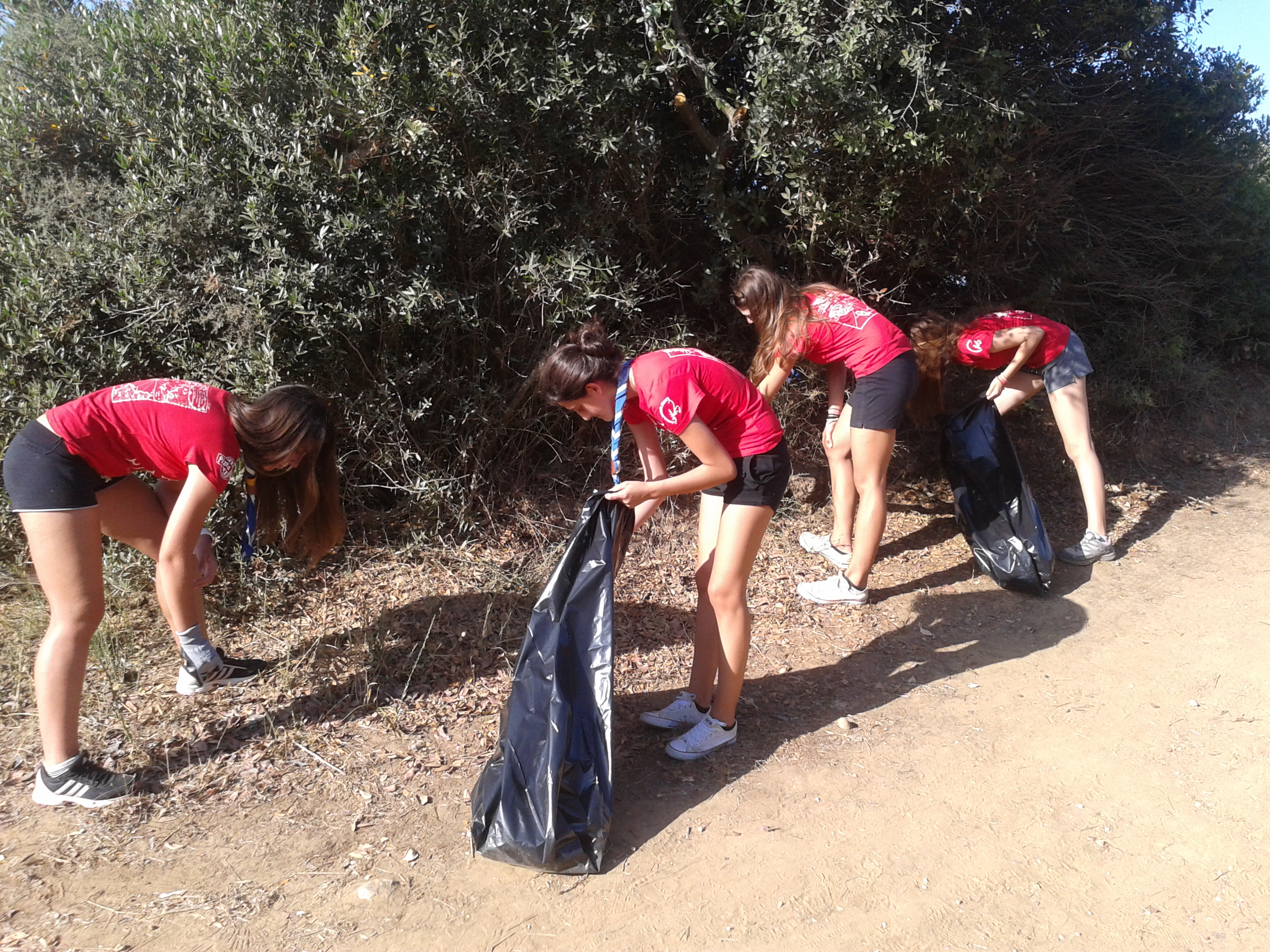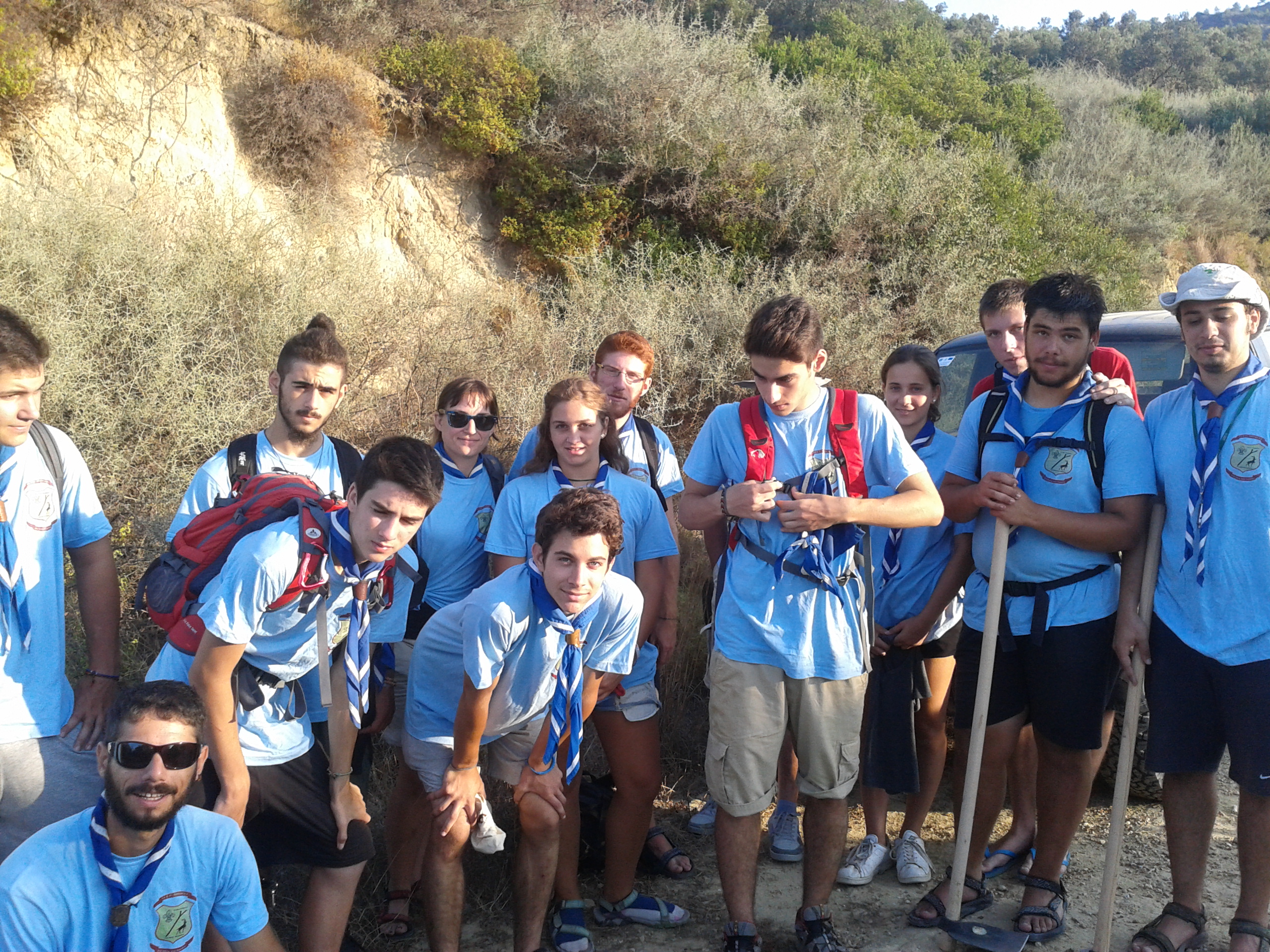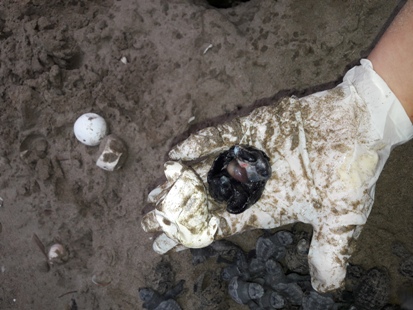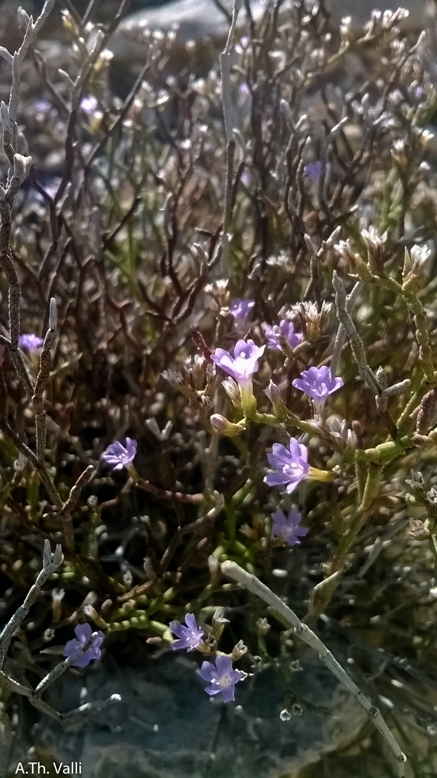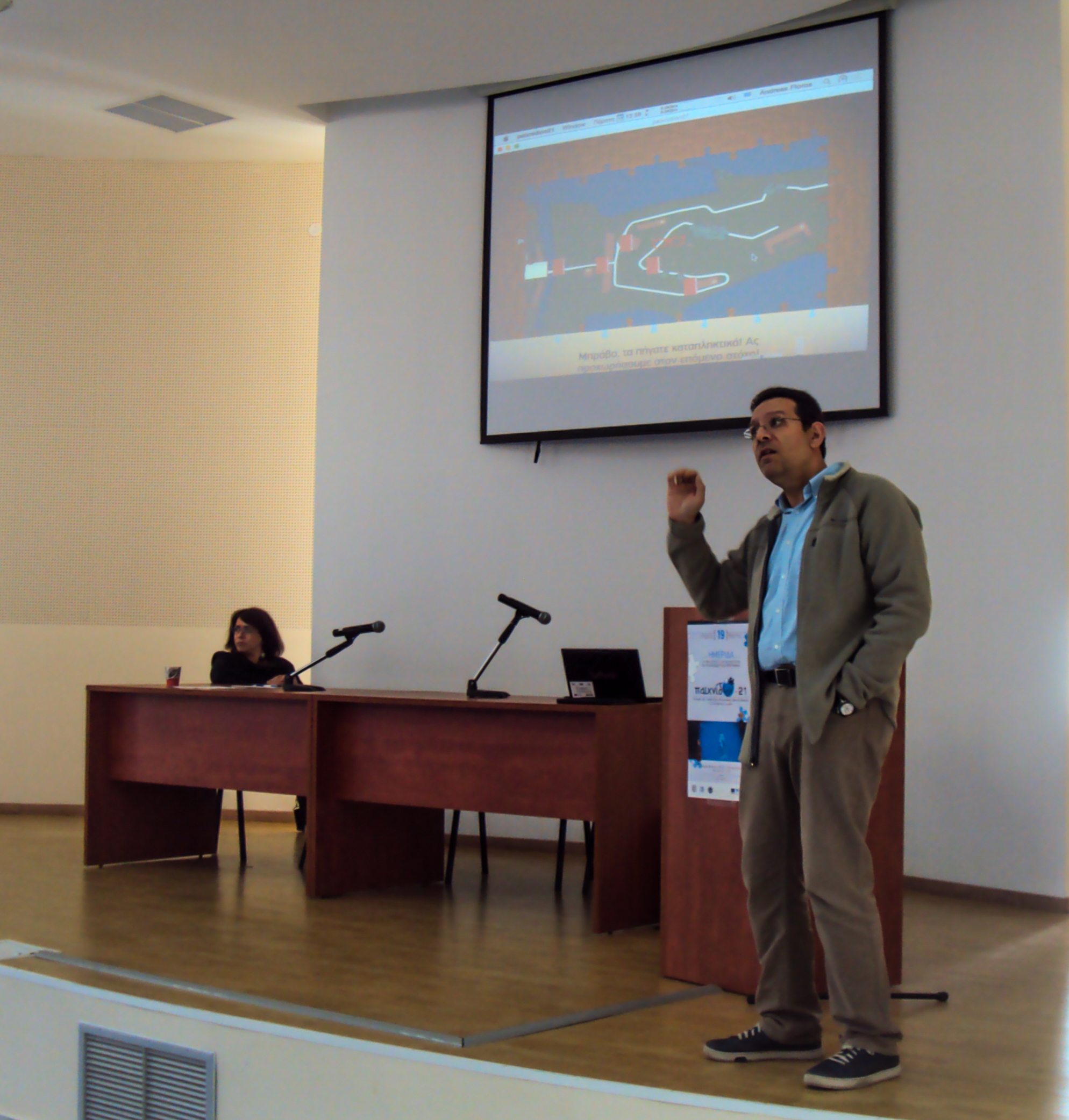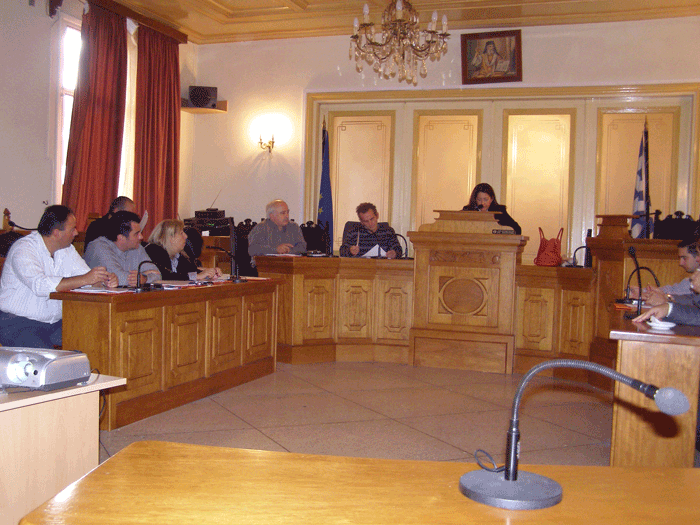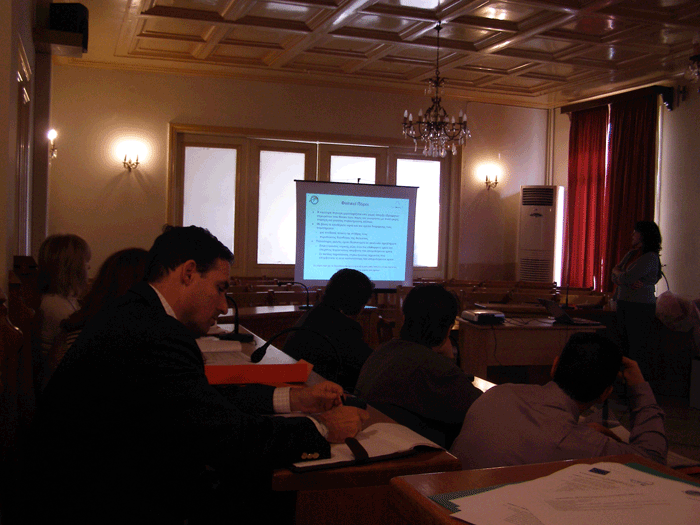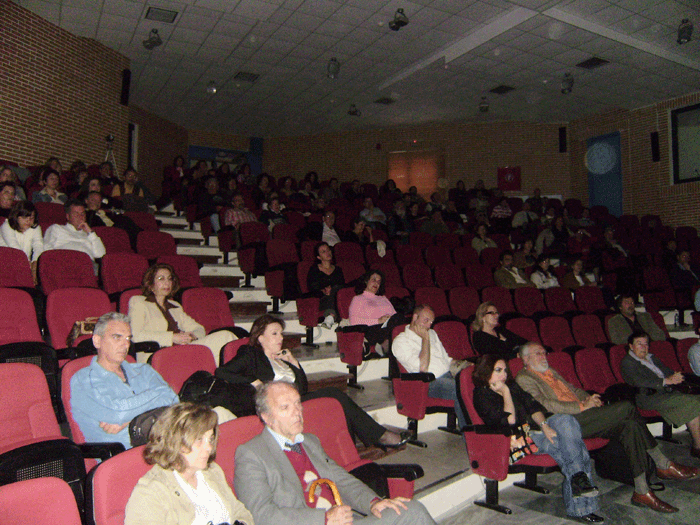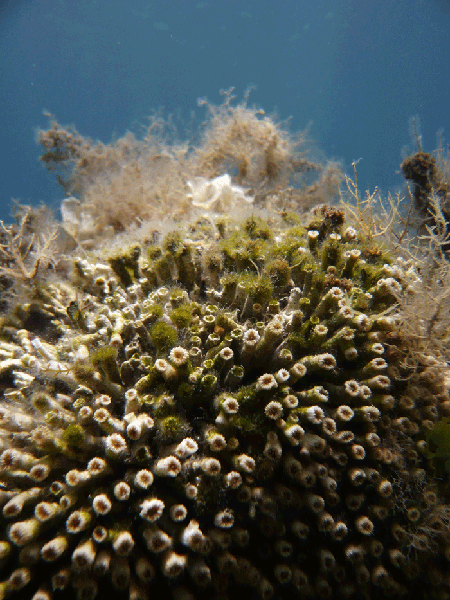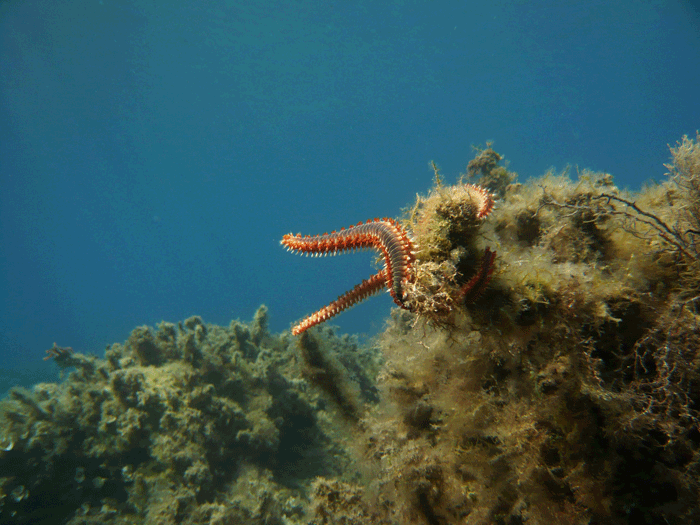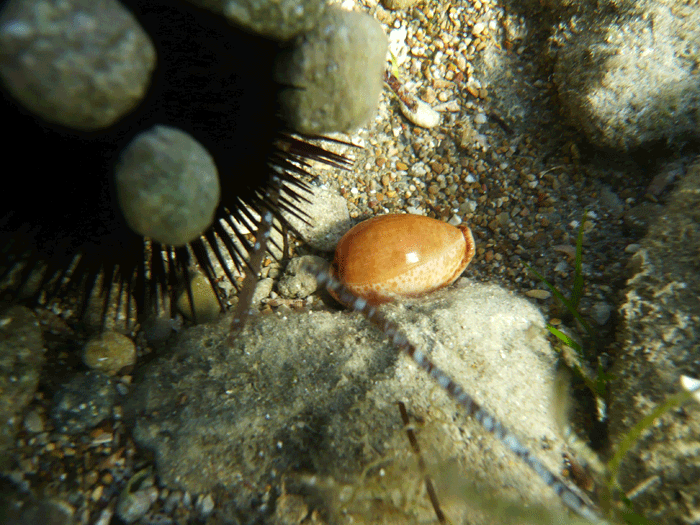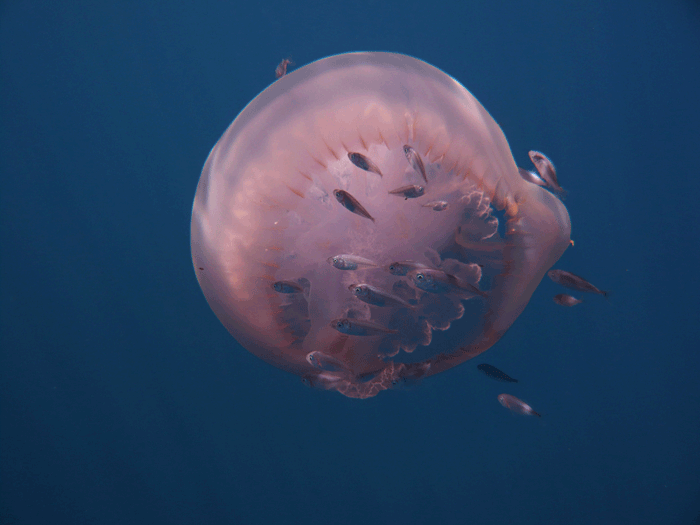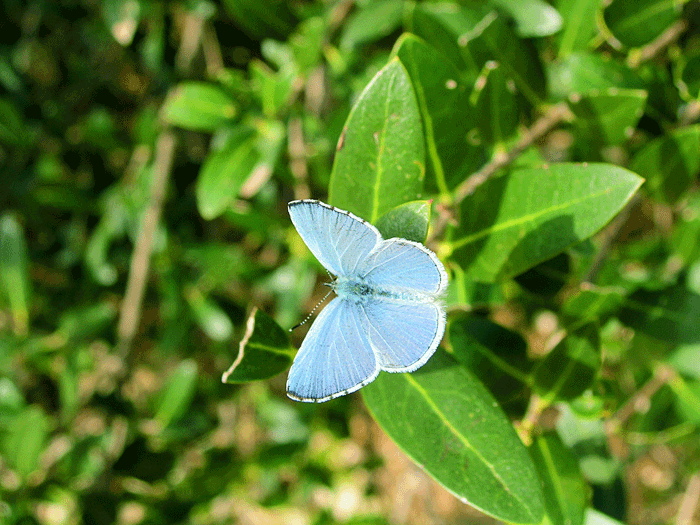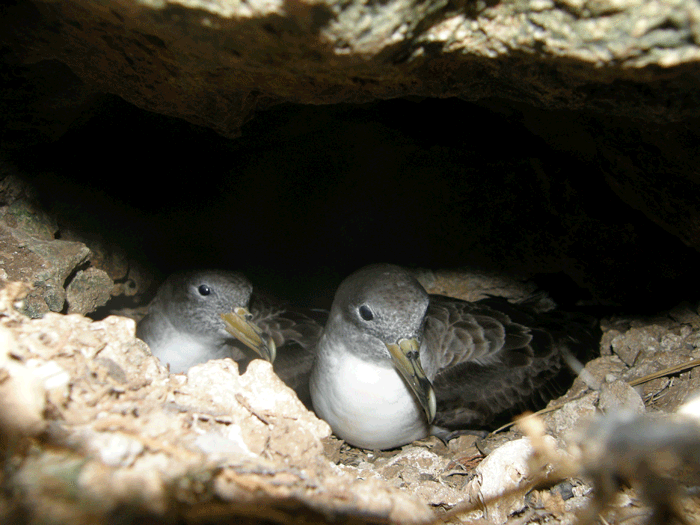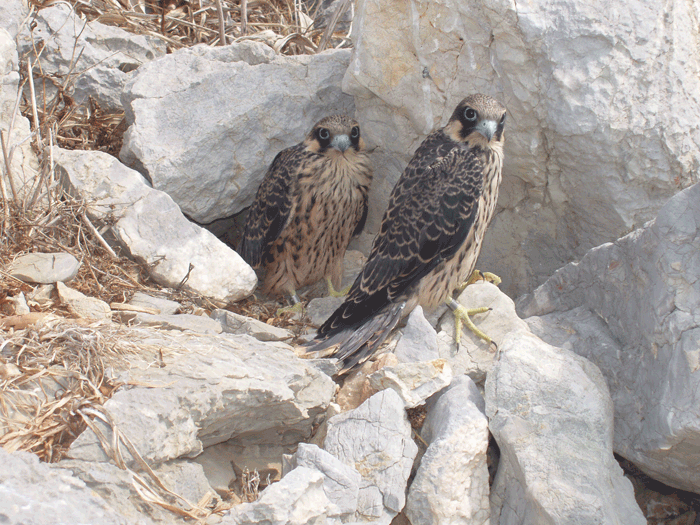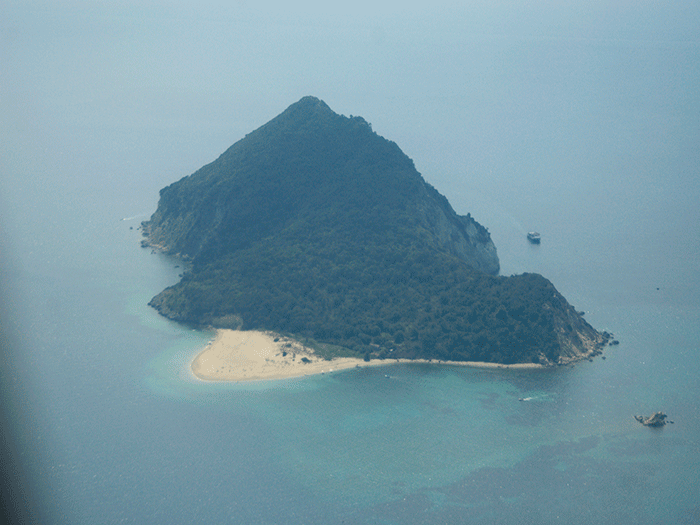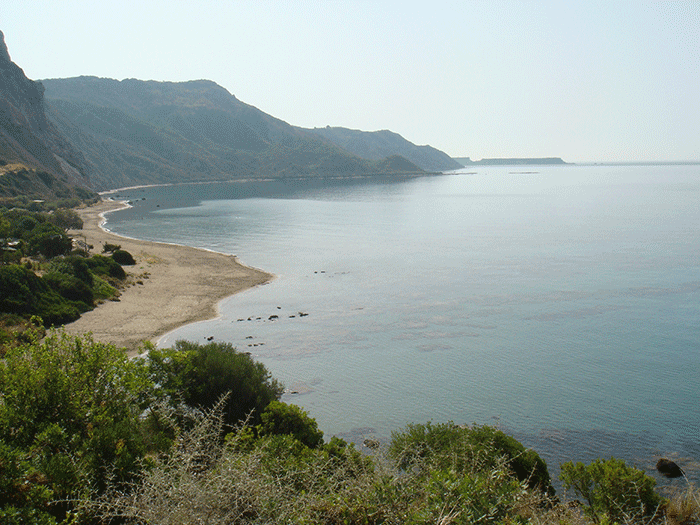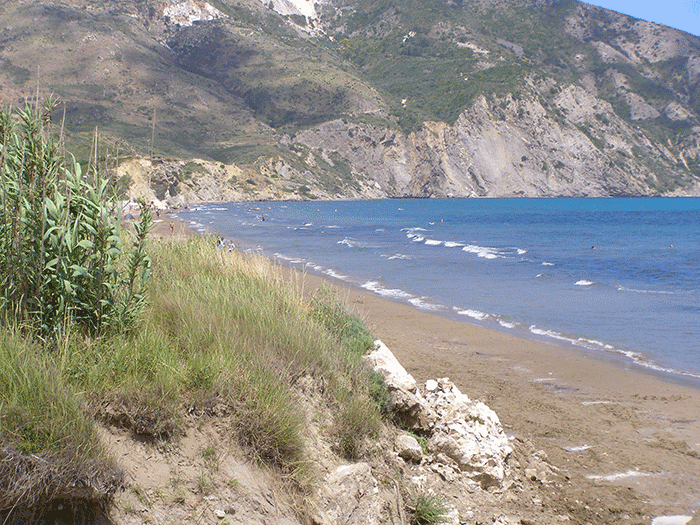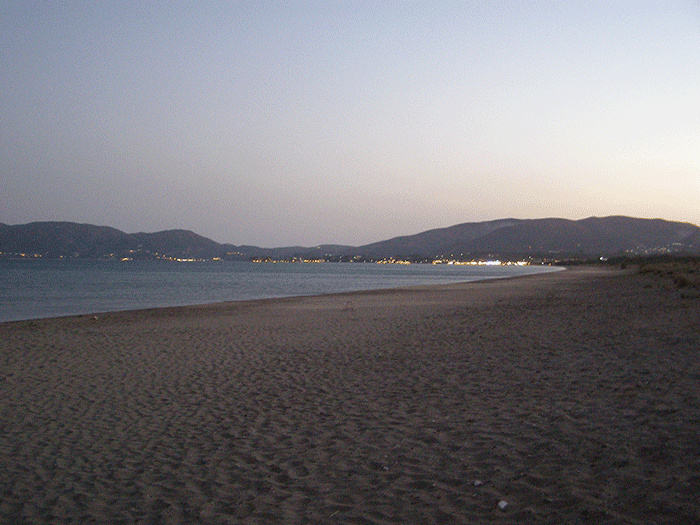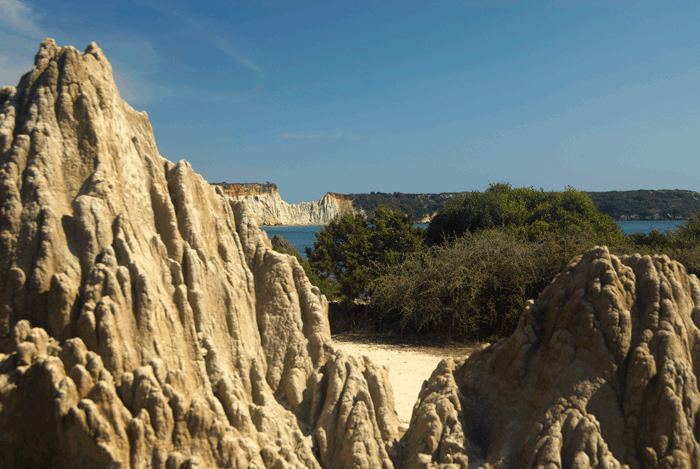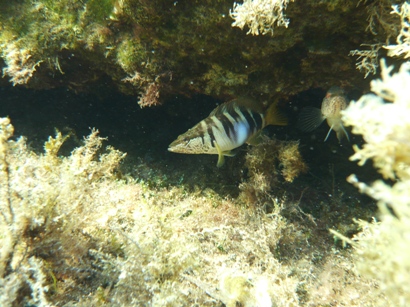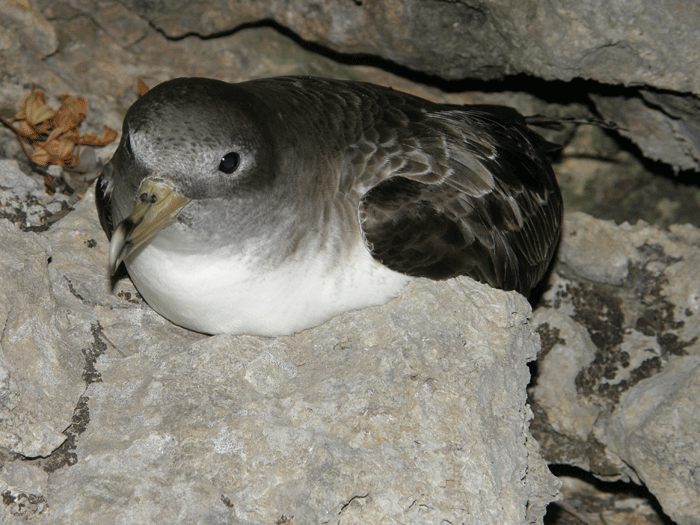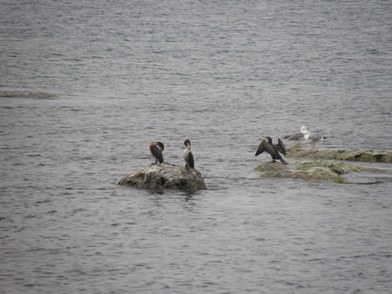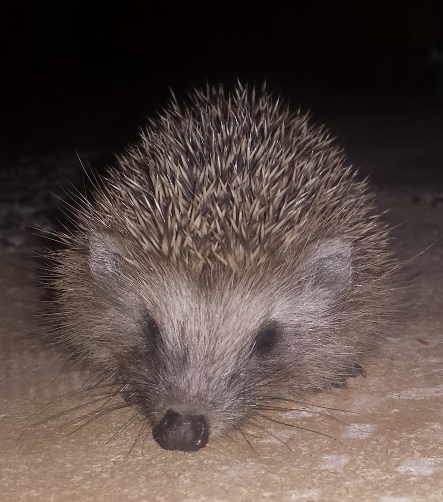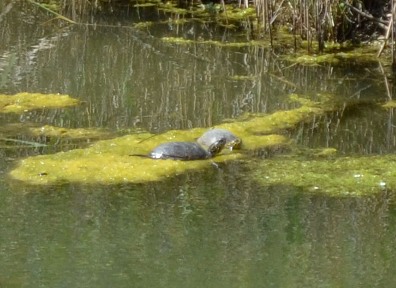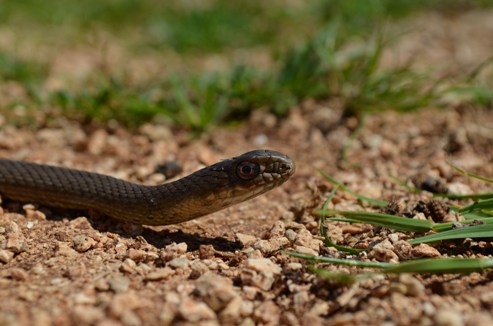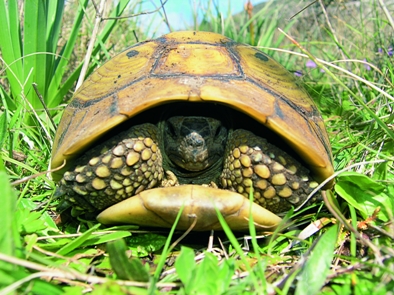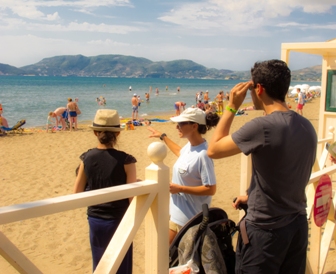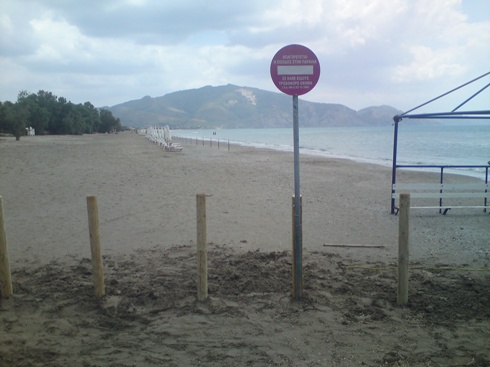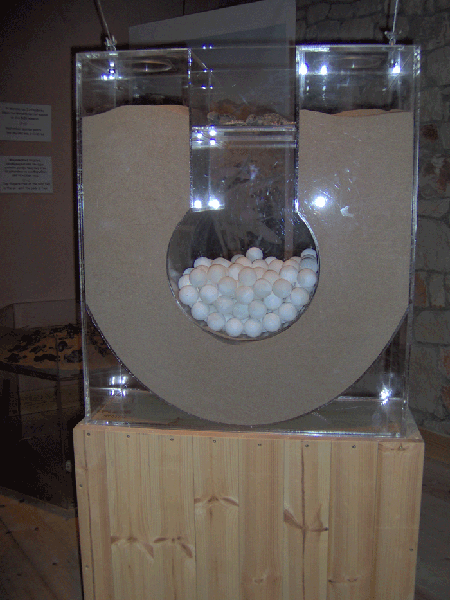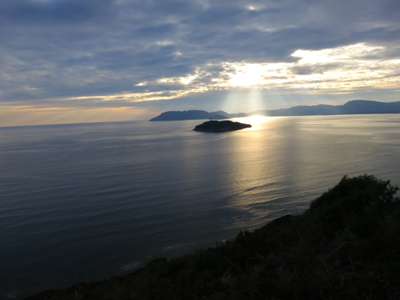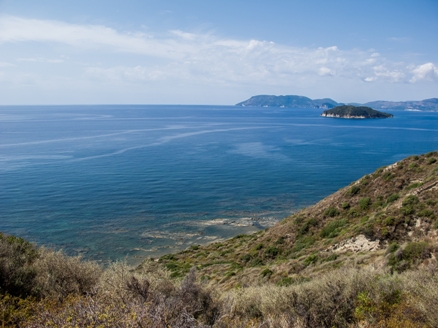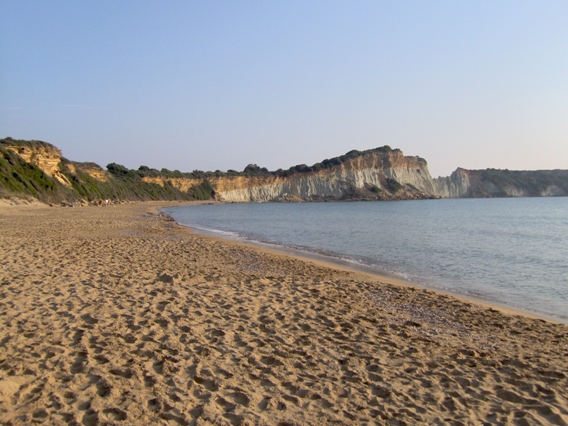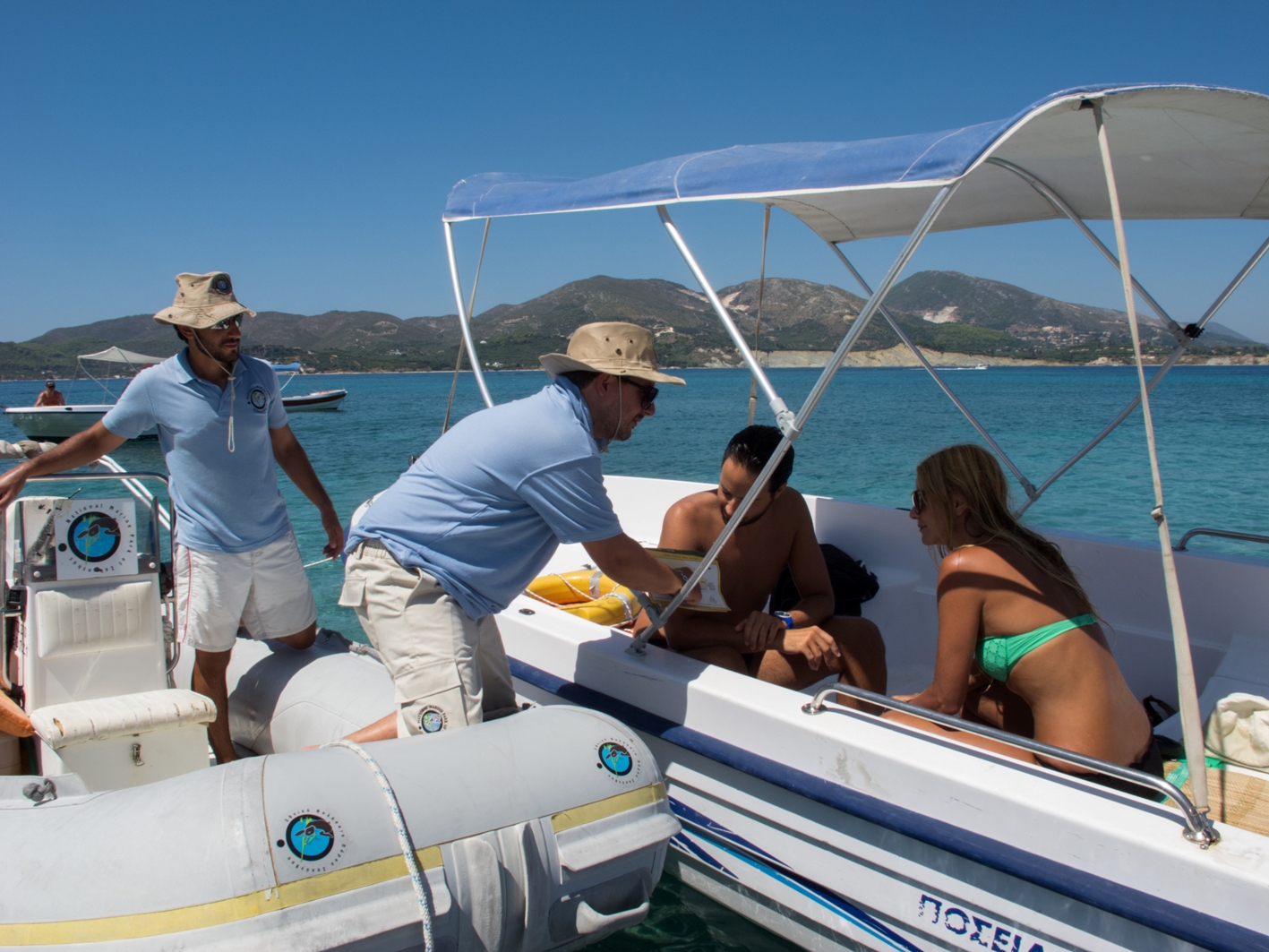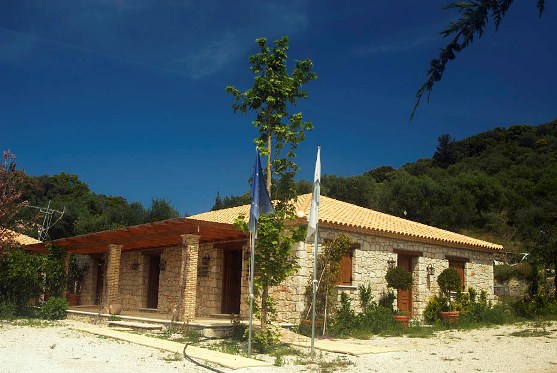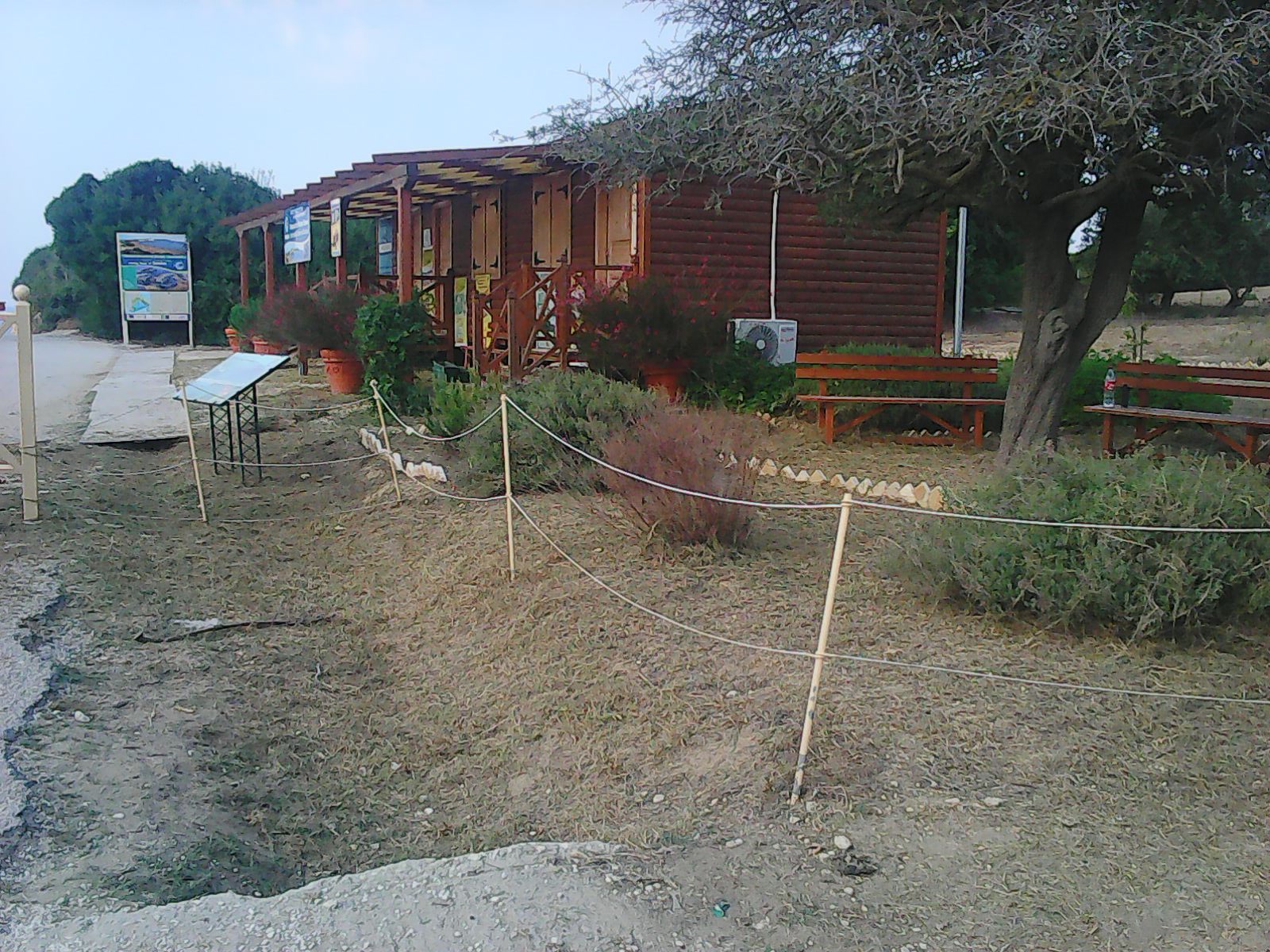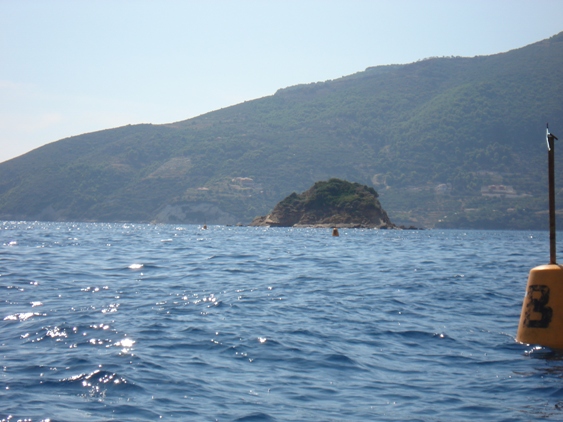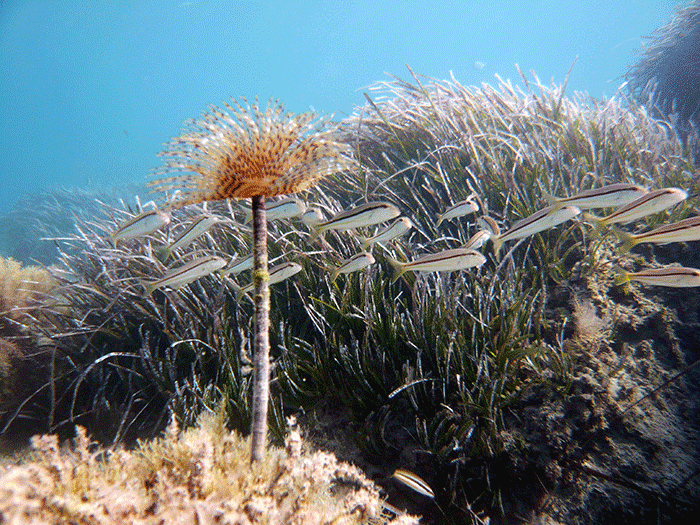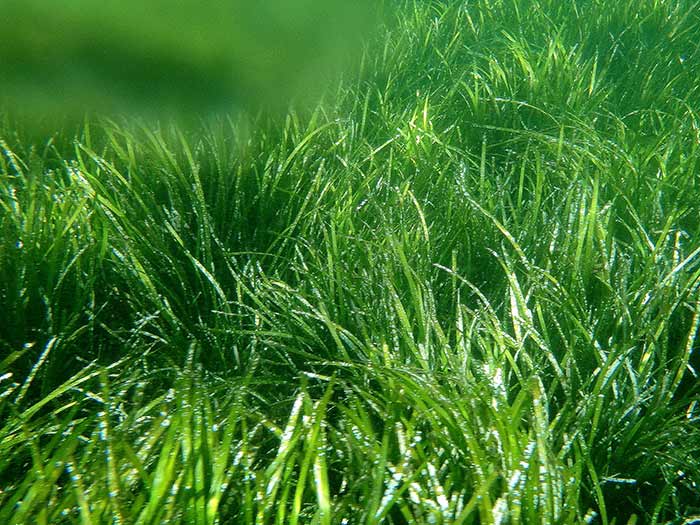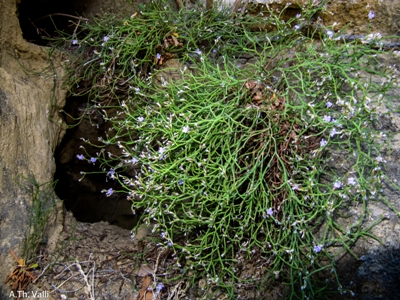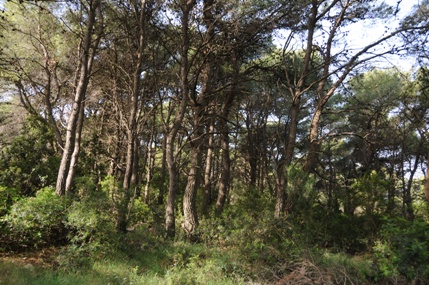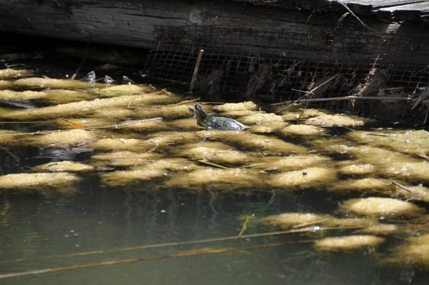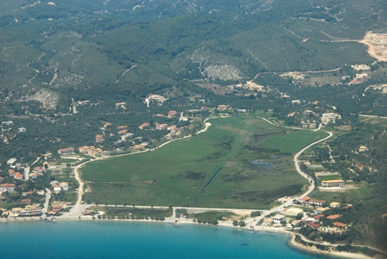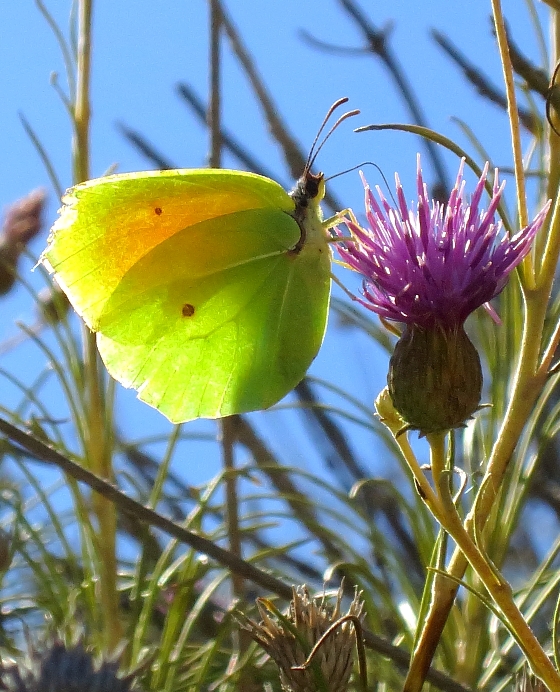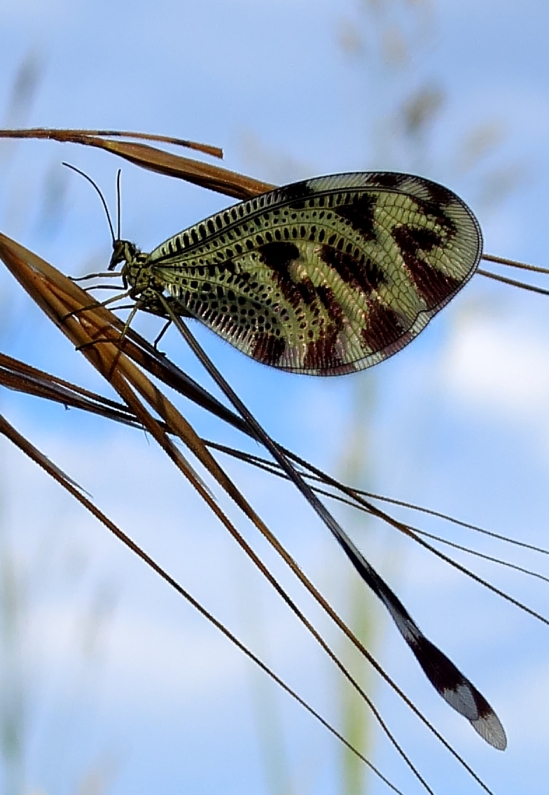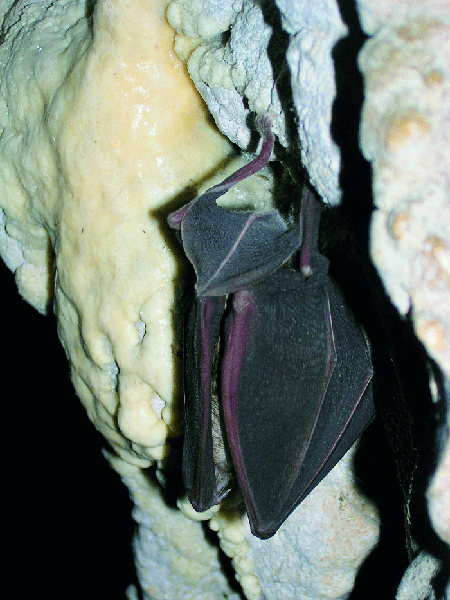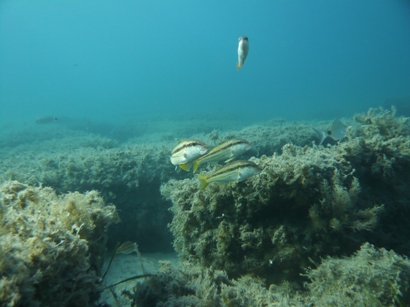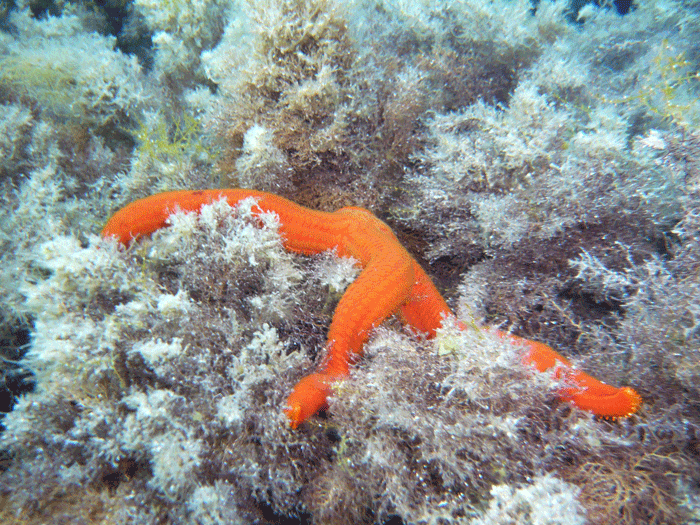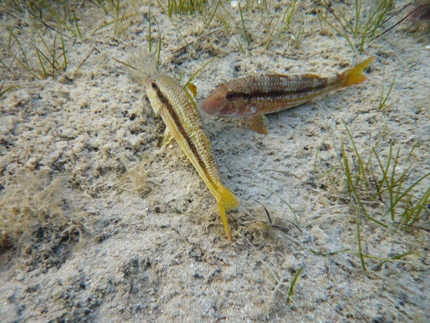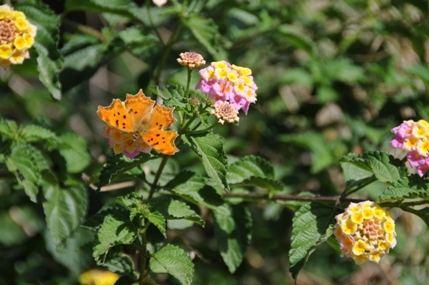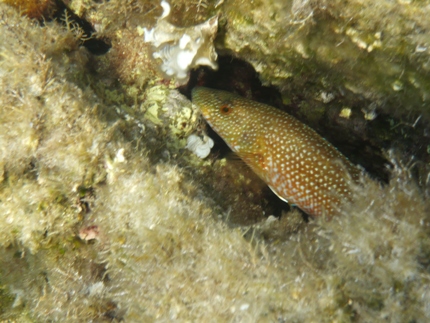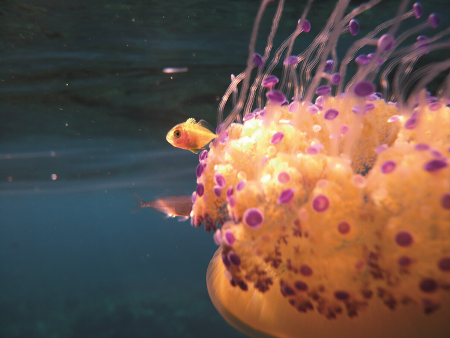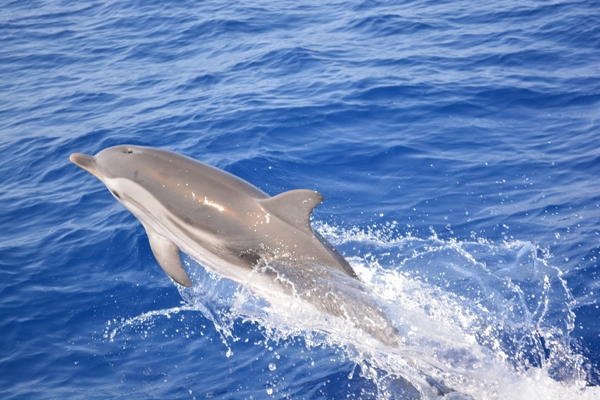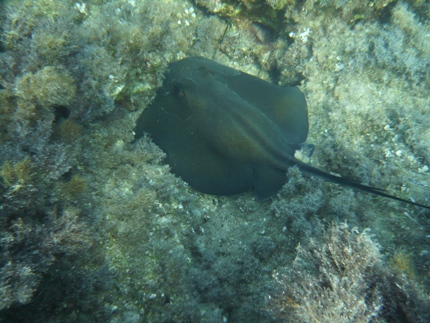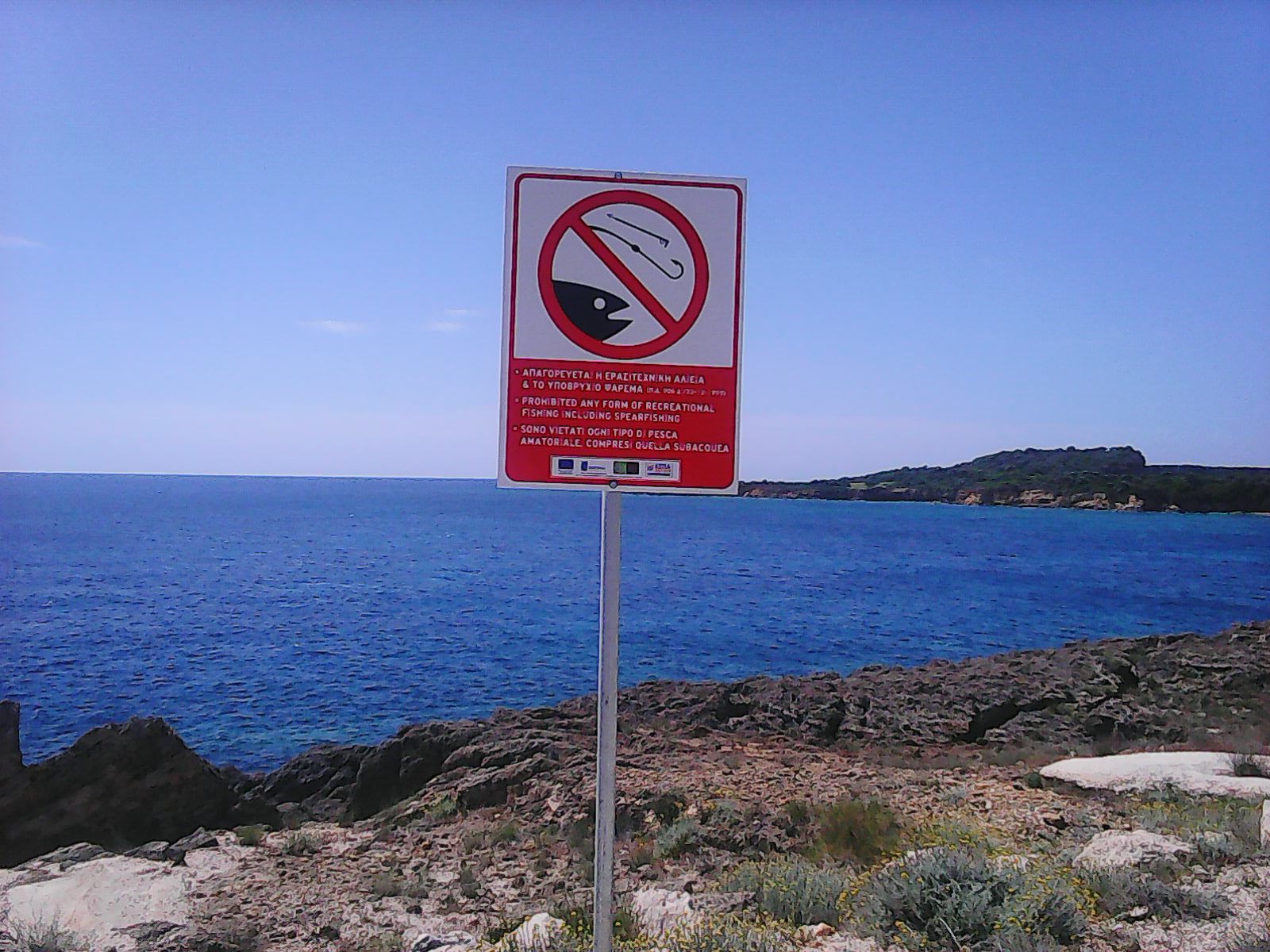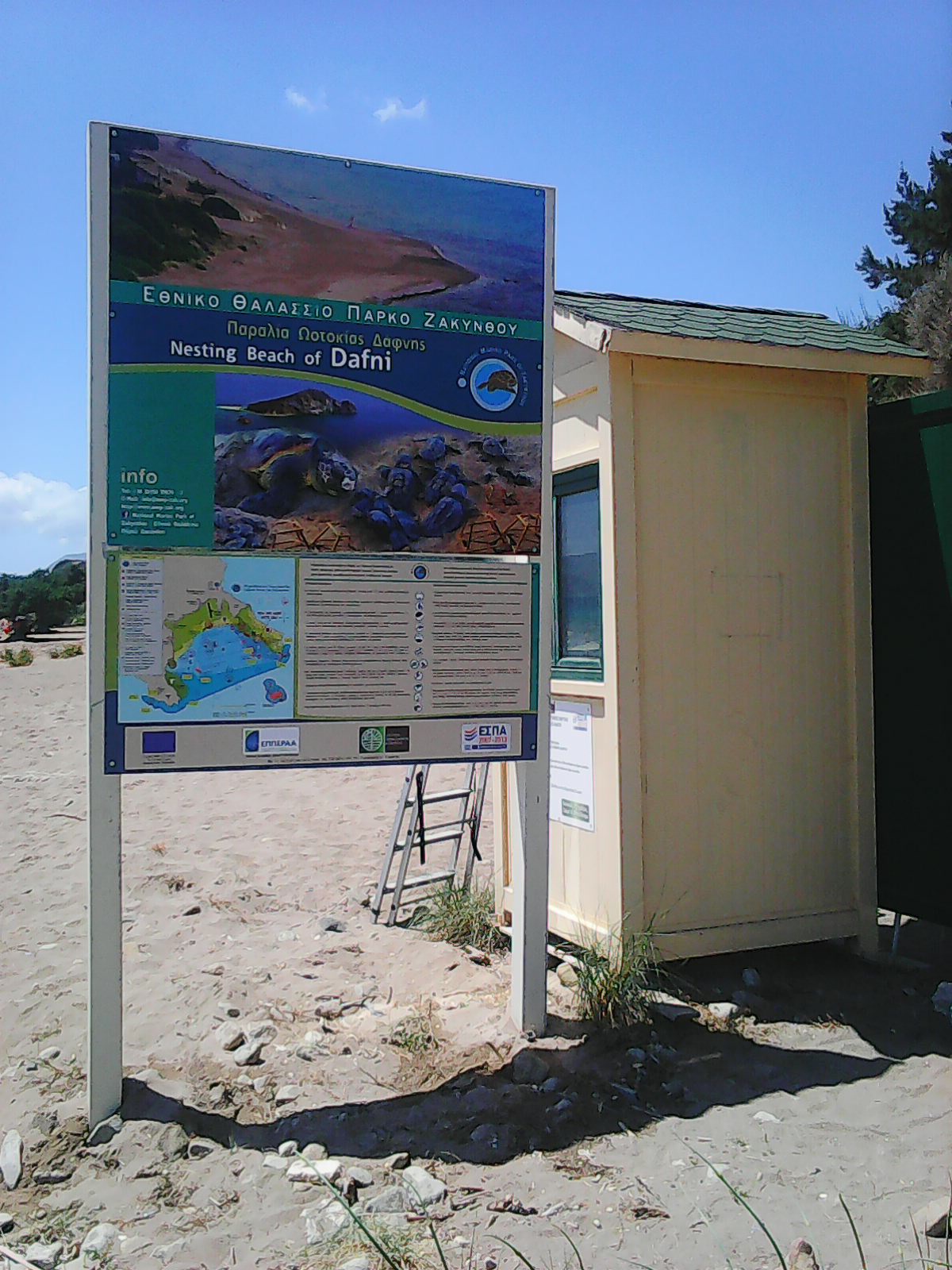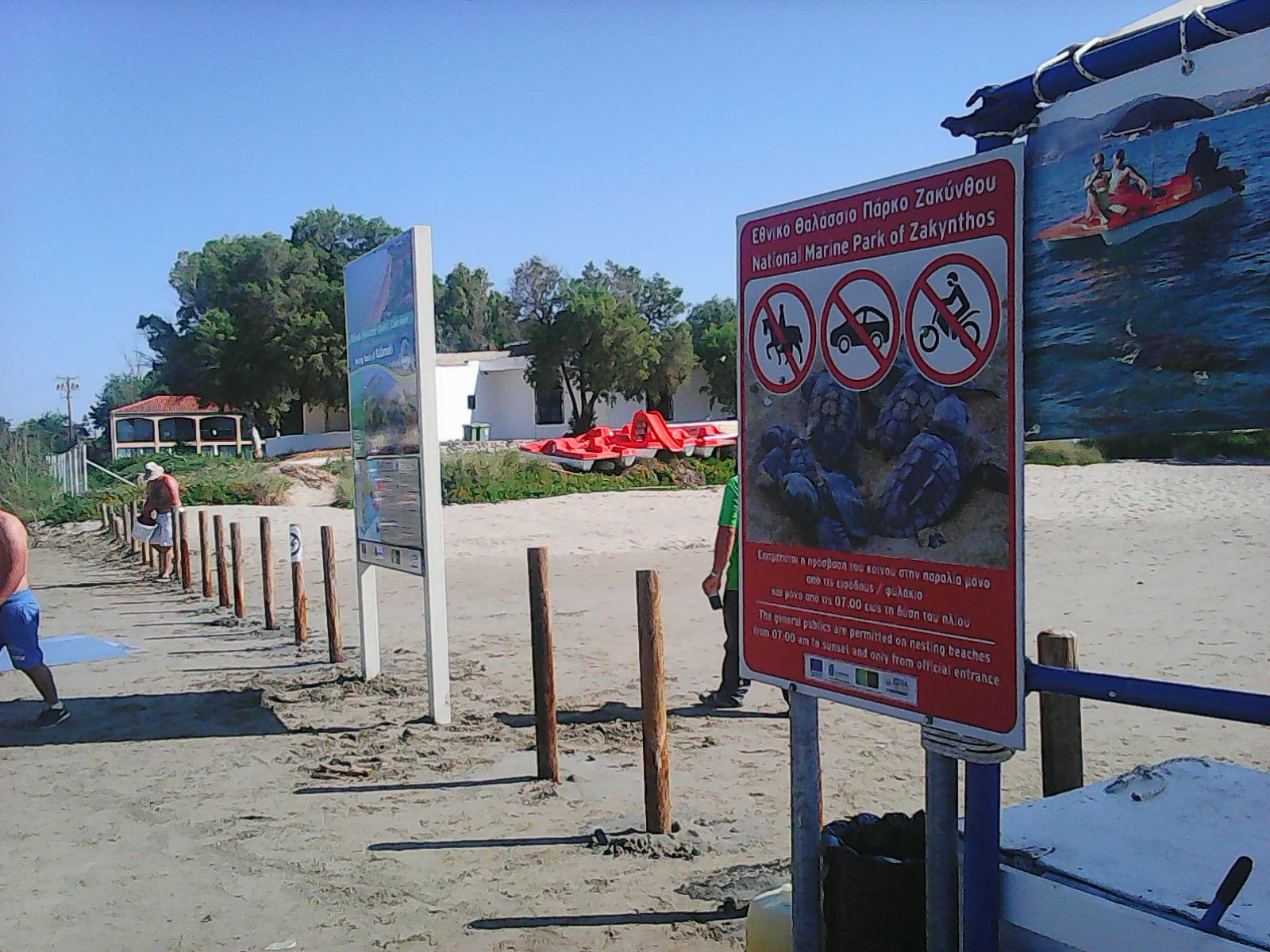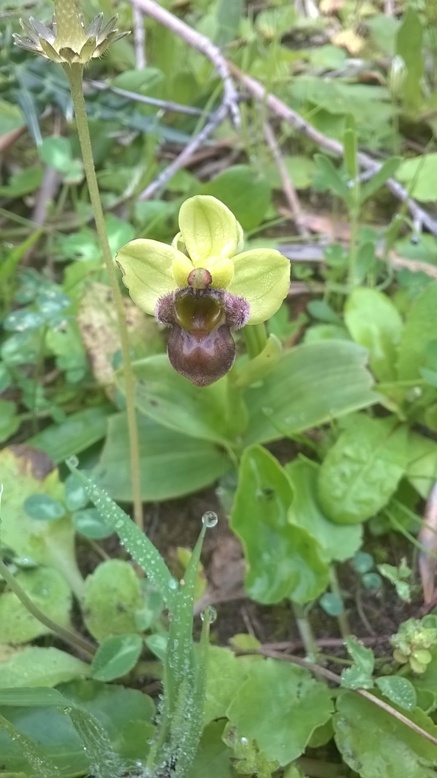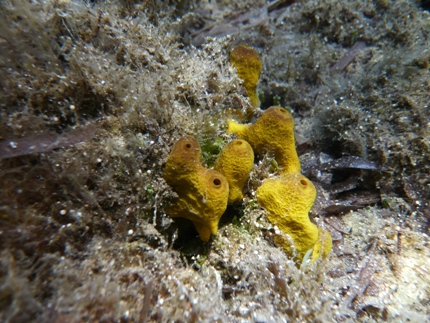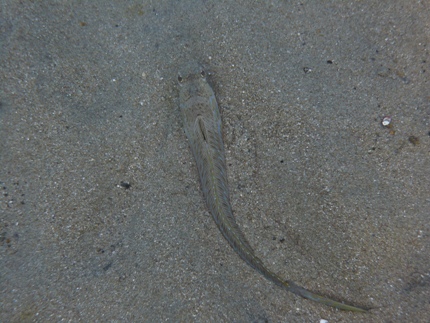For the evaluation of the management tools which are implemented in the NMPZ responsibility area, there is a critical need for assessing the ecological status of the different Habitat Types (HTs) through continuous monitoring on a regular basis. Habitat monitoring is an obligation for all EU member states, according to the directions 92/43/EEC and 2009/147/ EC (known as 79/409/EEC)
In total four (4) different Habitat Types of Community Interest (HTCI) were found to occur in the study area.
-
Habitat Types 1110: Sandbanks which are slightly covered by seawater all the time. According the National Monitoring Project (2014) the bay of Laganas (GR2210002) is one of the 50 Special Conservation Areas (SPAs) of the Greek Natura 2000 network, in which HT 1110 was recorded with an excellent representation.
-
Habitat Types 1120: Posidonia beds (Posidonia oceanica meadows). According the National Monitoring Project (2014) the bay of Laganas (GR2210002) and the western and northeastern coasts of Zakynthos (GR2210001), are two of the 80 Special Areas of Conservation in the Natura 2000 Greek network in which Habitat Type 1120 is recorded with excellent representation.
-
Habitat Types 1170: The HT 'reefs' 1170 includes rocky substrates extending along the shoreline in intertidal and sublittoral zone, underwater formations of hard substrate, projecting from the bottom to the sublittoral area and biogenic hard substrates formations (EC 2013). According to the National Monitoring Program (2014) the bay of Laganas along with Marathonissi and Pelouzo islets (GR2210002) and the western and northeastern coasts of Zakynthos (GR2210001), are two out of the 82 SPAs in the Greek Natura 2000 network, the first with excellent representation.
-
Habitat Types 8330: Submerged or partially submerged sea caves. According to the National Monitoring Program (2014), the area of the western and northeastern coasts of Zakynthos Island (GR2210001) is one of 35 Special Areas of Conservation in the Greek Natura 2000 network in which HT 8330 was recorded with excellent representation.
The evaluation results showed that the overall ecological status of the HT found within the protected area, appeared to be in a good condition. Exceptions are the Habitat Types 1170 and 8330, each one for different reasons:
a) In the case of the HT 1170, which was examined in ten (10) different areas, the ecological situation was described as favorable only in two (2) stations, in five (5) it was described as non-favorable and in three (3) as Poor. However, results could be influenced by technical limitations of the EEI index to evaluate the ecological status of sciaphilic algal communities, where encrusting rhodophytes prevail. This was the case for many of the examined stations, due to the natural coastal geomorphology of the area (steep shadowy cliffs allowing sciaphilic algae to develop in shallower zones). Additionally, it should be taken into account that the reef stations of the study area could be also influenced by a number of pressures and threats, such as overgrazing by non-indigenous species (e.g. Siganus luridus) and the development of mucilaginous aggregates which however could be a temporal phenomenon.
b) Regarding the HT 8330, which was evaluated with data from four caves belonging to different geomorphological types, two of the studied caves were classified with a moderate ecological status and the other two with low. To our view, this could be an artifact due to the limitations of the chosen index, the only one available for this habitat type that was recently developed in the north-western Mediterranean basin, and possibly fails to cover biogeographical individualities of the cave ecosystem in the oligotrophic eastern Mediterranean basin. However, marine caves of the NMPZ should be further monitored on a regular basis, given the high number of visitors (SCUBA divers and recreational or touristic boasts) that could affect the cave ecosystem (e.g. mechanical damage to fragile species and air bubbles affecting sessile species on the cave ceilings) and the presence of some non-indigenous species (Sganus luridus at the cave entrances and Percnon gibbesi throughout semi-submerged caves).
(c) The HT 1110 was examined in four (4) different stations of the NMPZ. Based on previous studies (Panayotidis et al. 2001) the habitat shows great homogeneity and relatively small benthic biodiversity and this is the reason why only four sampling stations were selected, one in each reference cell. Based on the results obtained from the study habitat type, it seems to be in favorable condition, and only in the area of Laganas Bay it appears to be under pressure, possibly due to human activities. This fact is probably due to the increased tourist activity that occurs in the area, especially during the summer period.
(d) Concerning HT 1120, which is a priority habitat under EU Directive 92/43/EEC, its ecological status is characterized as non-favorable in all cells. In fact, in all sampling stations the ecological status of this HT was found in very high condition. The only exception was the sampling site near the Laganas Bay - Agios Sostis where the ecological status was characterized as moderate. The latter fact reduces the general ecological evaluation of this HT in the area of interest of the NMPZ.
All pressures/threats can be divided into two major categories: (a) those originating from the introduction of alien species / global change and, (b) those caused by anthropogenic interventions.
-
The introduction of alien species, as has been also documented in the past (e.g. Caulerpa taxifolia) has been shown to have devastating effects on the habitats in which they are established. Facing such pressures / threats is extremely difficult and requires the participation of many different actors both at national and transnational level.
-
As for the pressures / threats falling into the second category and involving direct anthropogenic interventions, these may be limited only after consultation with all stakeholders, in compliance with the relevant legislation. This monitoring study, compiled a list of anthropogenic activities that are culminating during summer while it was found that they significantly affect the ecological status of the HT. Regarding HTs 1110 and 1120, only the sampling station near the coastal Bay Laganas - Agios Sostis, which receives heavy tourist pressure, was found with a non-favorable ecological status. Bearing in mind that habitat type 1120 is a priority habitat and that habitat type 1110 is extremely important for sea turtles it follows that there is a clear need for sustainable management of this particular area.
In conclusion, the management measures adopted and applied by the Management Authority of NMPZ are:
-
The creation of a permanent monitoring program with specific sampling protocols so that results from different periods can be comparable.
-
The second deals with direct consultation of all stakeholders and social groups in order to create a sound management plan that protects all marine habitat types on one hand and safeguards the interests of the local community on the other
The complexity of the habitats and their management impose the holistic approach as the only tool we are left with in order to meet the challenge of the sustainable development of all aspects of the marine ecosystem.

